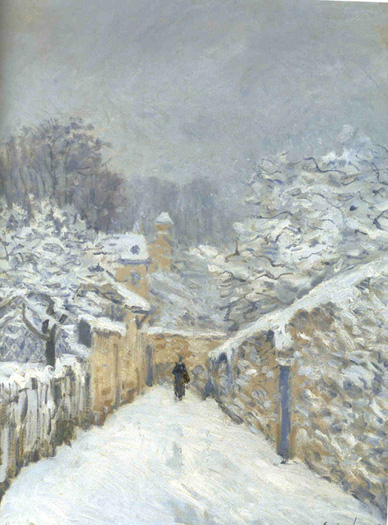Impressionist art is a style in which the artist captures the image of an object as someone would see it if they just caught a glimpse of it. They paint the pictures with a lot of color and most of their pictures are outdoor scenes. Their pictures are very bright and vibrant. The artists like to capture their images without detail but with bold colors.
Impressionism, the leading development in French painting in the later 19th century and a reaction against both the academic tradition and romanticism, refers principally to the work of Claude Monet, Pierre Auguste Renoir, and other artists associated with them, such as Camille Pissarro and Alfred Sisley, who shared a common approach to the rendering of outdoor subjects. Claude Monet is generally considered to be the most outstanding figure among Impressionists.
The term Impressionism derives from Claude Monet's painting "Impression: Sunrise". A title was needed in a hurry for the catalogue of the exhibition in 1874. Monet suggested simply Impression, and the catalogue editor, Renoir's brother Edouard, added an explanatory Sunrise. Characteristics of Impressionist paintings include visible brush strokes, open composition, emphasis on light in its changing qualities. Impressionism often accentuates the effects of the passage of time. Using ordinary subject matter, Impressionism adds the inclusion of movement as a crucial element of human perception, while focusing on unusual visual angles.
